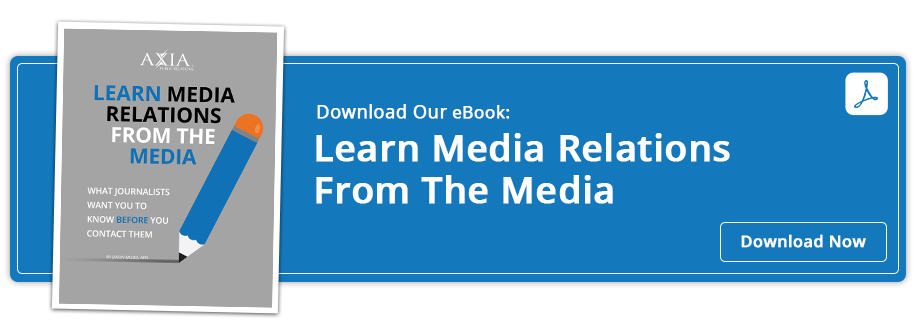Understanding common media terms in these four categories will help communications professionals demystify any newsroom or office.
 Corporate communications professionals need familiarity with media terminology to perform their duties effectively on a daily basis. A glossary of common media terms, for example, provides public relations practitioners with an invaluable reference to navigate the communications industry.
Corporate communications professionals need familiarity with media terminology to perform their duties effectively on a daily basis. A glossary of common media terms, for example, provides public relations practitioners with an invaluable reference to navigate the communications industry.
Audio: Listen to this article.
An Inc. glossary covers over 60 relevant media terms spanning multiple media formats. For those new to PR, it efficiently demystifies industry jargon. For experienced communicators, it offers a helpful refresher and vocabulary checklist. Let's examine key glossary categories and how they help media relations efforts.
1. Print Publications
Terms like OP-ED, abstract, masthead, and lead paragraph help PR professionals craft appropriate content for newspaper and magazine pitches and submissions. Understanding circulation statistics like readership and impressions aids in targeting relevant print outlets.
2. Broadcast Media
For radio and TV, the glossary covers critical vocabulary from PSA to B-roll. Definitions for audience share, Nielsens, and time slots provide context to strategically pitch broadcast stories. Terms for on-air formats like news magazines offer guidance on shaping messages.
3. Digital Media
As online media expands, fluency in digital terms is crucial. Explanations of page views, click-through rate, SEO, and ad servers help communicators maximize their brand's online presence and track performance. E-newsletter terms support better-crafted branded and sponsored content.
4. Industry Language
Beyond formats, foundational PR terms are illuminated, from press releases to publicity to media kits. Comprehending inside language like embargo, deep background, and off-the-record ensures messages are conveyed as intended.
With this glossary's insights, corporate communicators can avoid potential confusion and fully grasp media opportunities. It empowers professionals at any career stage to engage media adeptly across platforms, from print features to online ads to television interviews.
For enterprising public relations teams, these defined terms can also spark creative initiatives. Is an advertorial, profile, or sponsored social series right for your brand? The glossary provides options to diversify communications plans.
By equipping practitioners with shared media vocabulary, this reference guide enables sharper media analysis, informed decision-making, and strategic messaging. It delivers an indispensable edge for corporate communications teams ready to elevate their PR game.
Need some help getting started with PR or elevating your PR game? Contact us to find out how our PR Agency Services can help.
Photo by Pixabay
Topics: media relations, earned media, news media


Comment on This Article